Year 2
Ms Bowden (2A), Ms Harris (2B), Ms Broderick (2C), Ms Bandal (2D), Ms McInerney (2E), Ms Venditti & Ms Scott (2F) and Ms Yammouni and Ms Bowman (2G)

Year 2
Ms Bowden (2A), Ms Harris (2B), Ms Broderick (2C), Ms Bandal (2D), Ms McInerney (2E), Ms Venditti & Ms Scott (2F) and Ms Yammouni and Ms Bowman (2G)
In Phonics, students have reviewed the suffix -ing with and without doubling rule. We have continued to learn some new Little Learners Love Literacy Program Chitter Chatter Chants, including the split digraph u-e and ue. We have learnt that the sound is the long vowel u /yoo/ which is actually two sounds, y and oo, but we just say /yoo/. We also know that in the split digraph u-e the dash means a consonant sits in the middle. We will continue to learn different ways to write the /yoo/ sound, such as u (music student) and ew (new friends). We will then go on to learn an alternative pronunciation of u-e, ue and ew as in /oo/.
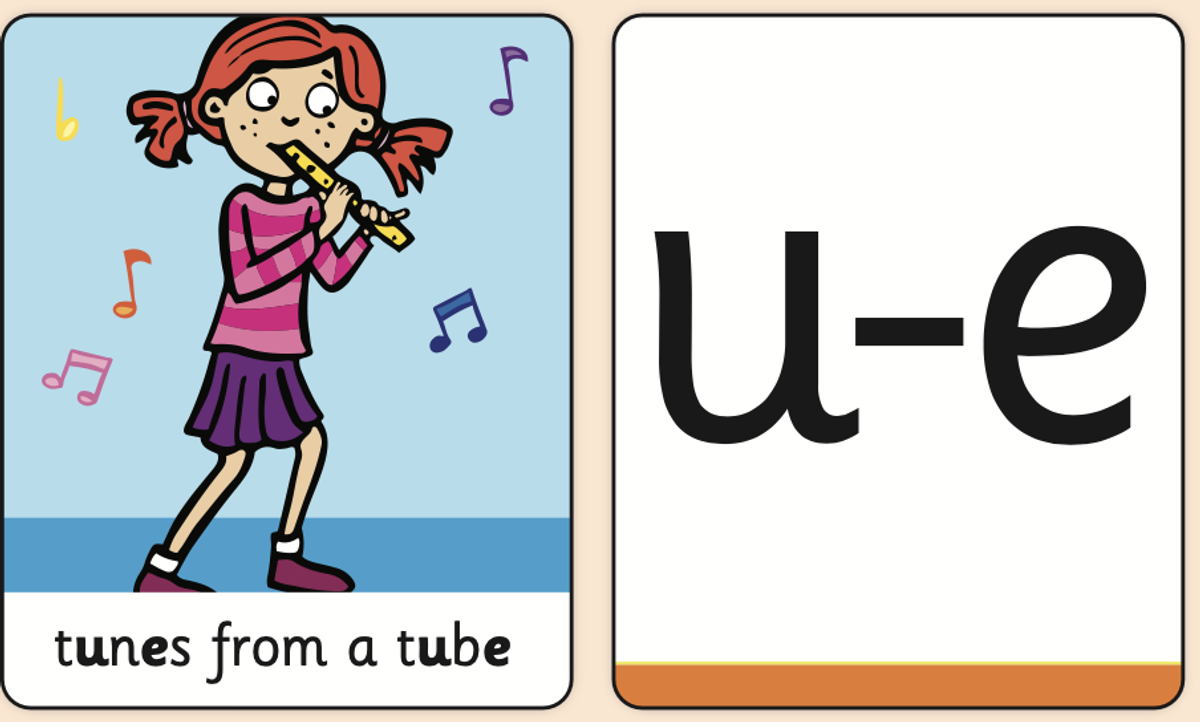

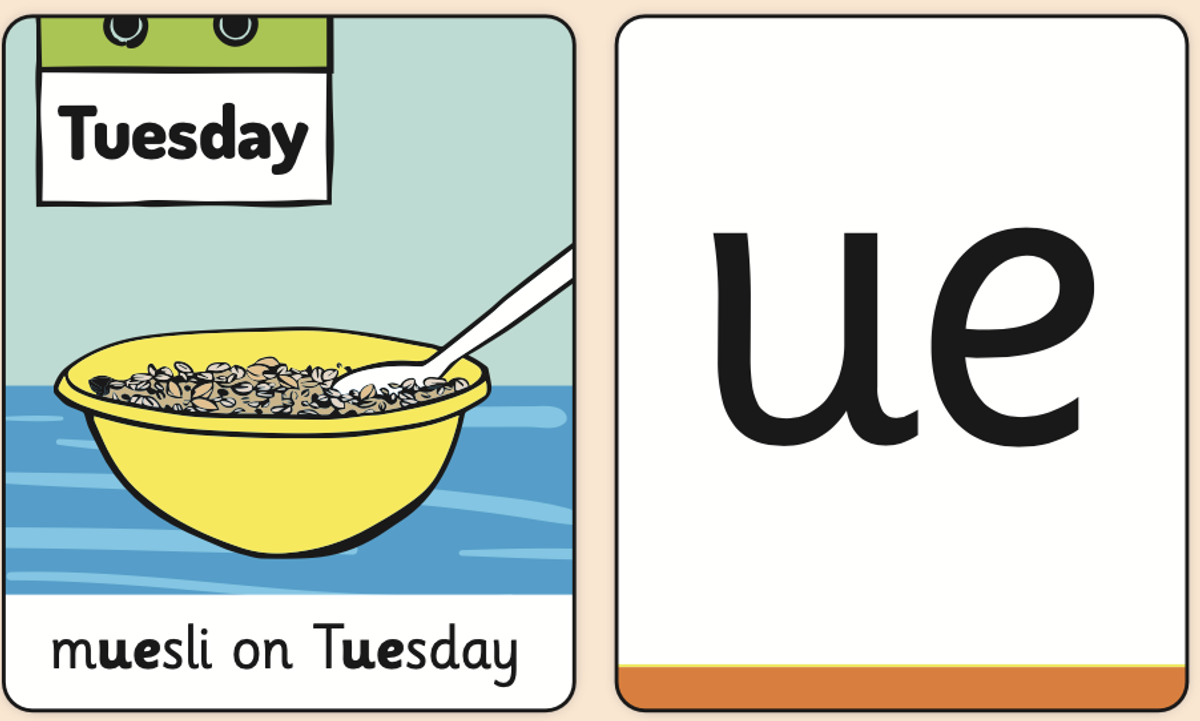

/yoo/ sound
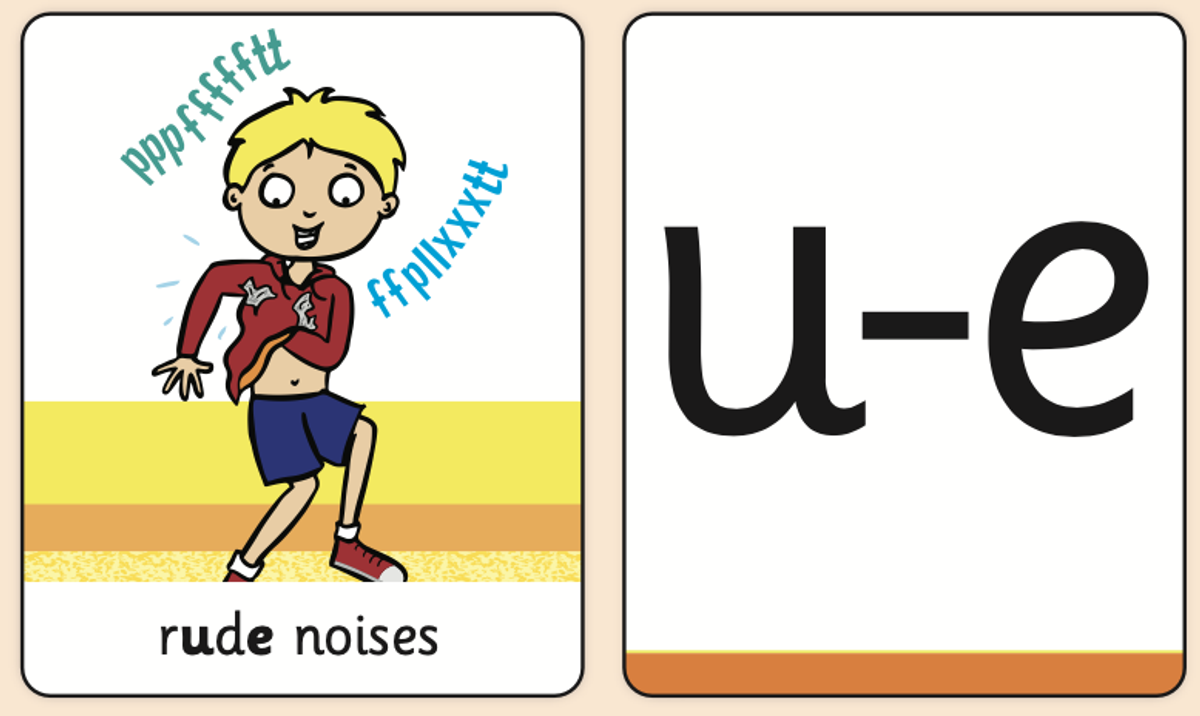

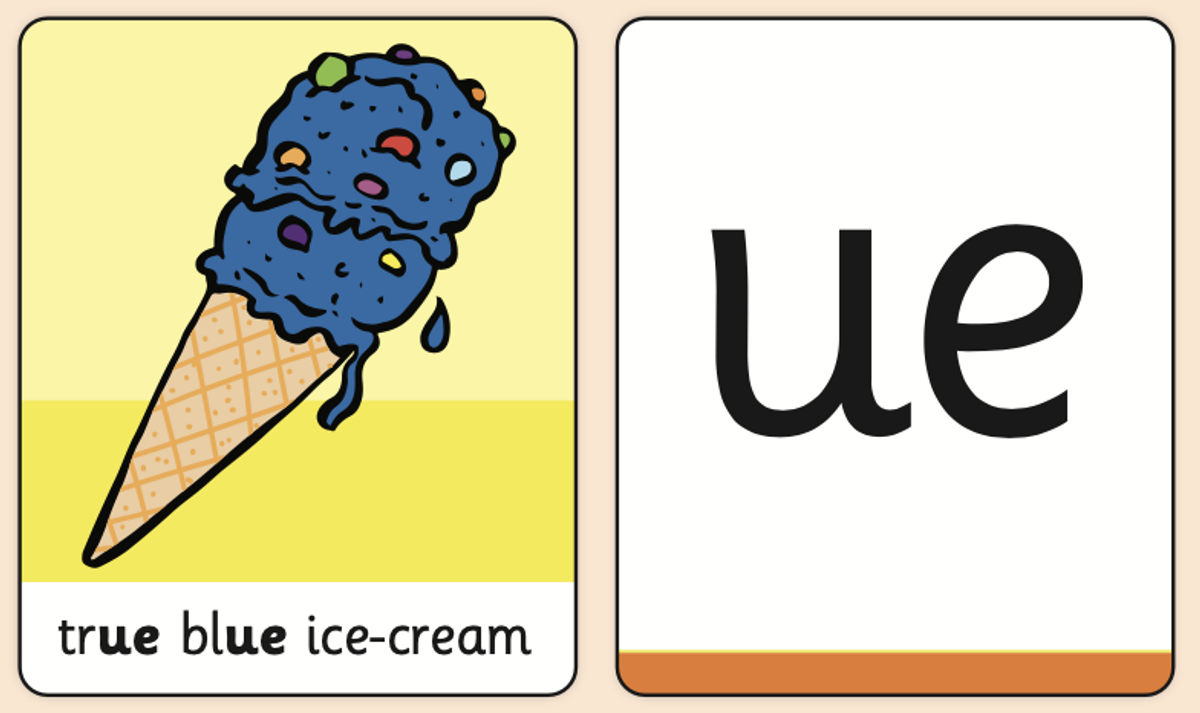

/oo/ sound
In Writing, students have practised composing a variety of sentence types, including statements, questions, commands, and exclamations. They have applied their understanding of simple sentence structure by beginning sentences with capital letters and using full stops, question marks, or exclamation marks as appropriate. Additionally, they have continued to develop their understanding of common and proper nouns, reinforcing appropriate capitalisation through editing activities.
In Knowledge, students have explored the significance of ANZAC Day and how it is commemorated through different traditions. We discussed the importance of remembering those who served in the war, and examined how different symbols are used to commemorate their service such as poppies and rosemary.
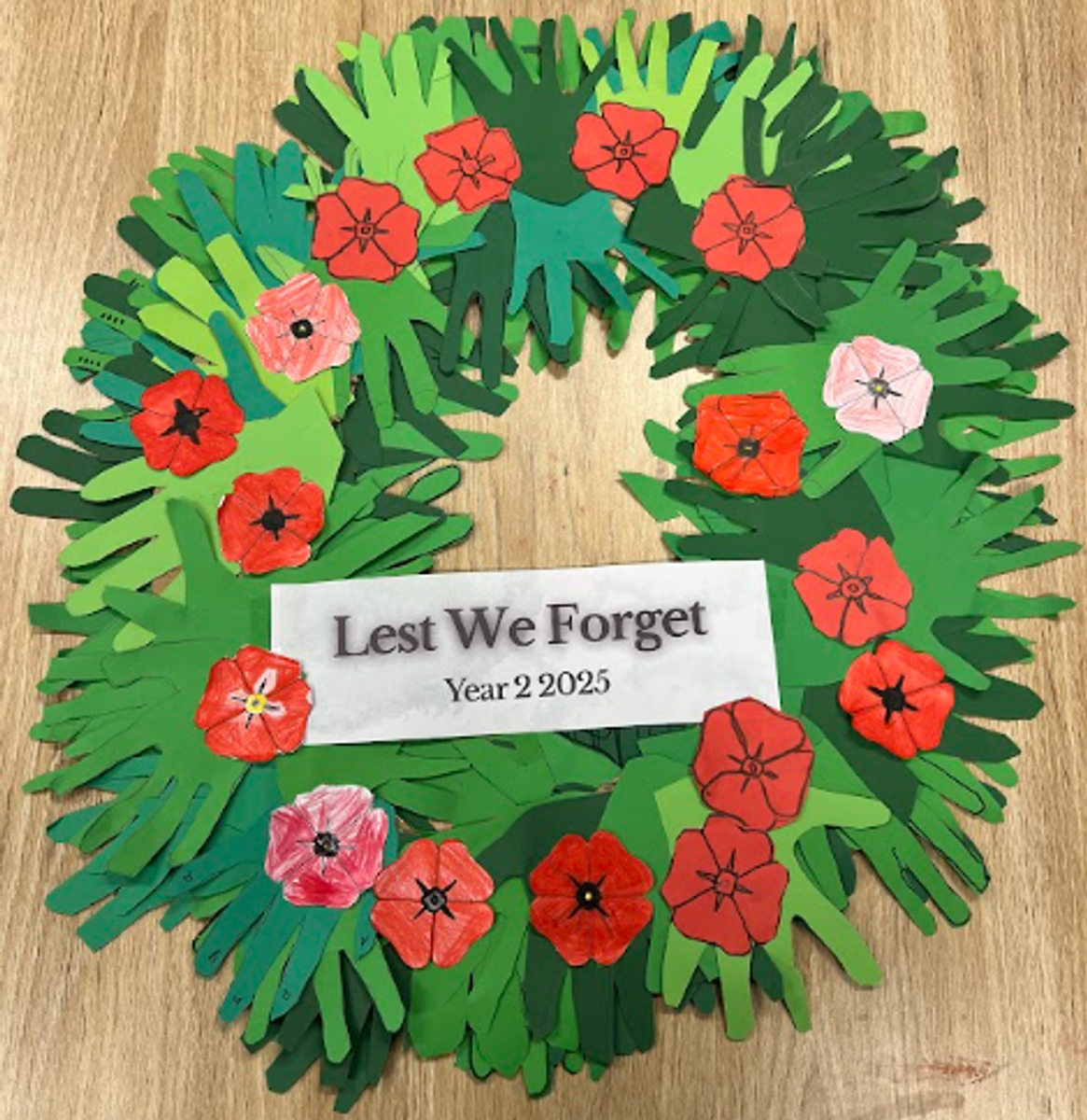

This term we have started a new knowledge unit about insects. Students have discovered that insects are found in almost every habitat on Earth such as deserts, tundras and grasslands. We have also been identifying the features of insects which include the head, thorax and abdomen. Our students know that insects also have antennae attached to their head, six legs along their thorax and sometimes two pairs of wings.
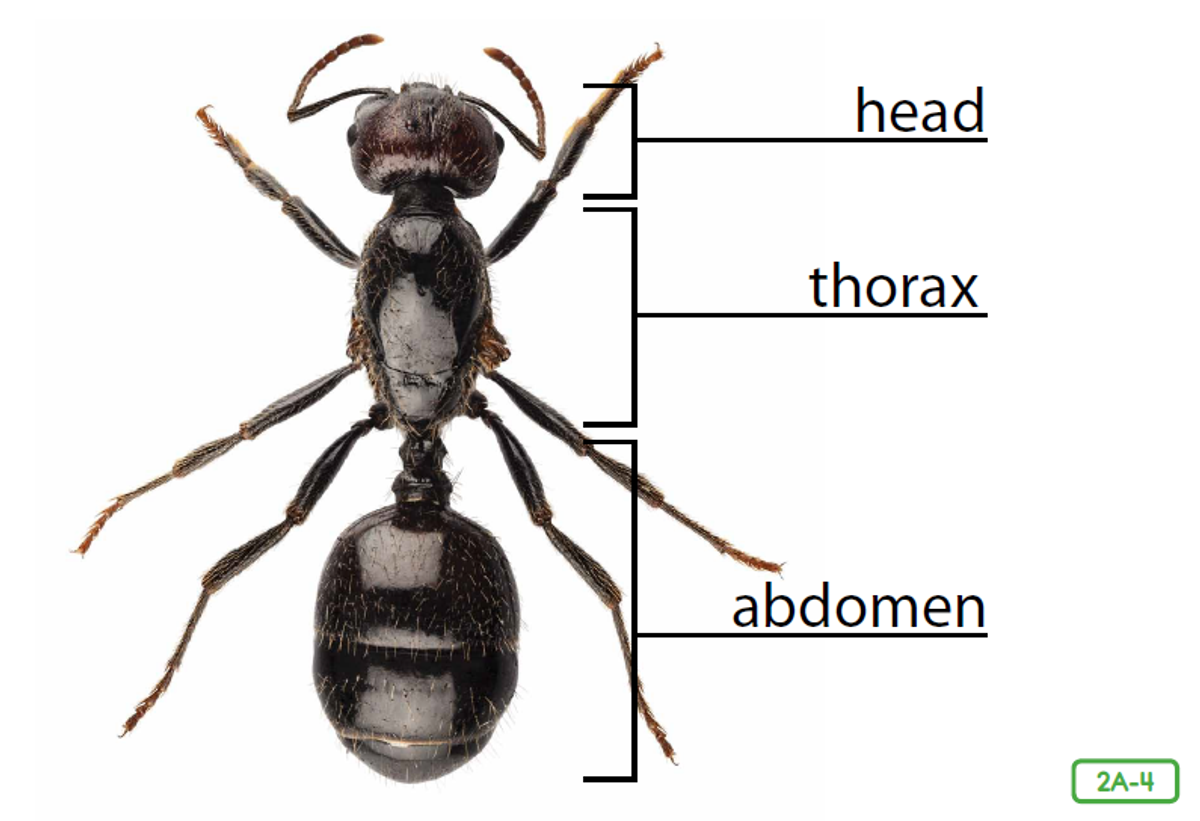

In Numeracy, students are now learning about addition and subtraction. We have been recapping the different strategies that will help us solve problems quickly and efficiently. They include; doubles, near doubles, make to ten and fact families. We have also been practicing our fast fact fluency, adding and subtracting numbers within 20. Students will now begin learning about how to add and subtract two digit numbers using the vertical algorithm.
Students have also been learning how to measure and compare length and capacity using everyday materials. For example, using blocks to measure how long something is, and sand or water to see how much a container can hold.
Students understand that it is important to use the same type of measurement (like using all blocks or the same cup) so that their results are fair and accurate.
In SEL, we have been focusing on identifying emotions and how we respond to big feelings. Students have been learning to use the sentence stems ‘I notice…, I feel…, I can….’ to help navigate different emotions. ‘I notice’ is when we are listening to our body and understanding the physical response it is having to an emotion. ‘I feel’ is when you say the emotion's name and identify what it is that you are feeling. ‘I can’ is knowing what options we have and what strategies we can use to regulate our emotions.


I notice… I feel… I can…
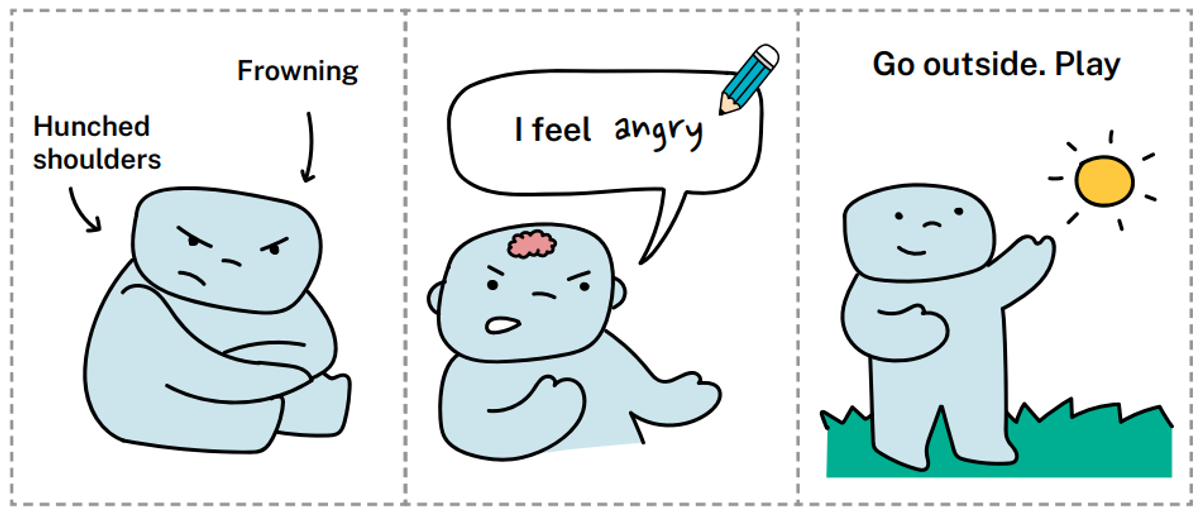

In Auslan, students have learnt about transport and foods and will be beginning to learn about shapes and sizes. Students also love revising the alphabet and colours and are starting to understand when the Auslan teachers are using finger spelling in the lessons.